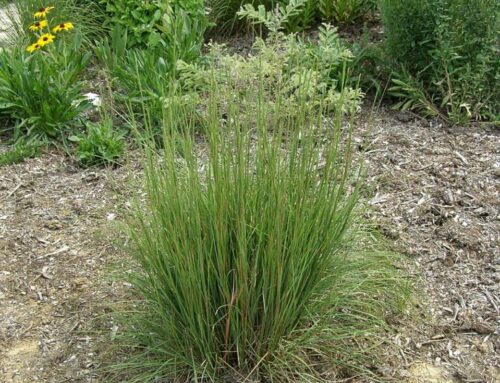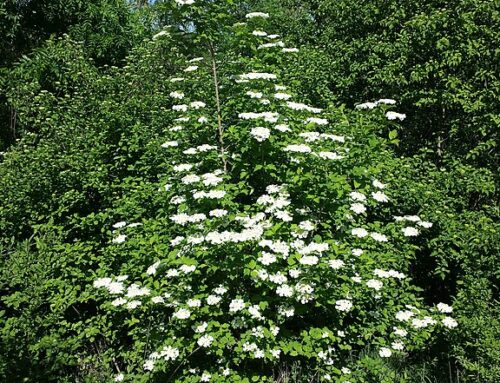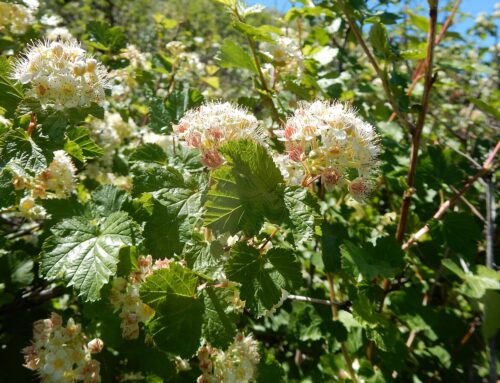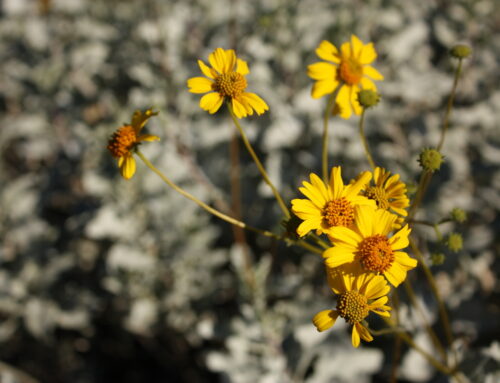The Russian Sage is a highly popular and versatile plant among landscapers in Colorado for many good reasons.
In this blog post, we’ll explore the Russian Sage plant and learn why it’s a game-changer for Colorado landscaping.

Thanks to Wikipedia for this image
What is It?
The Russian Sage plant, also known by its botanical name, Perovskia Atriplicifolia, is a perennial plant that belongs to the mint family. It’s native to the regions of Central Asia and was first introduced in the Western world in the 19th century. The plant has silvery foliage and is known for its stunning blue to lavender-blue, spiky flowers that bloom from mid-summer through early fall. It can grow up to 5 feet tall and is drought-resistant, making it ideal for Colorado’s arid climate.
What Are its Benefits?
Russian sage is an extremely hardy plant that can thrive in any type of soil and doesn’t require much maintenance. Its drought tolerance and adaptability make it a perfect plant for Colorado’s dry climate. Furthermore, it’s resistant to pests and deer that can damage other landscape plants. Its striking appearance adds interest to gardens, and the scent of its foliage can contribute to a tranquil and relaxing atmosphere around your home. What’s more, it is an ideal border plant as it retains its shape throughout the season, adding a neat and organized look to your garden.
Where to Plant?
The Russian Sage is a versatile plant that can be planted in various positions in the garden. It can be grown next to borders to form a soft, feathery backdrop or to create a Mediterranean look to a garden. It looks great when planted en masse in a garden bed or cottage garden, where its spiky blue flowers will accentuate other garden subjects. It would also work well in mixed garden beds, rock gardens, and xeriscapes.
How to Care for It
Russian sage is a low-maintenance plant, but it still requires some care to thrive. It needs full sun exposure and well-drained soil. When planting young Russian sage plants, it’s essential to water them regularly for the first month. After that, the Russian Sage can thrive on less water. The plant doesn’t require a lot of fertilizer. However, a yearly feeding in early spring will support growth. Cut off the tops of the plant in late winter or early spring to encourage larger flower heads.
Russian Sage in Colorado Landscaping
The Russian Sage plant is a favorite of Colorado landscapers for many reasons. Its adaptability and versatility make it an ideal plant for most Colorado home landscapes. Additionally, its hardiness means that you won’t have to worry about replanting every year, which is ideal for those with busy schedules or who have a large area to cover. Lastly, the Russian Sage plant’s beautiful foliage and blooms add interest and depth to your garden and make it one of the most visually appealing plants in your landscape.
If you’re looking for a versatile and low-maintenance plant that can add beauty and interest to your garden, you need the Russian Sage plant. Its adaptability, low maintenance, and beautiful foliage and blooms make it ideal for most home landscapes in Colorado. Try adding some to your garden, and you’ll be sure to fall in love with its beauty and charm.






